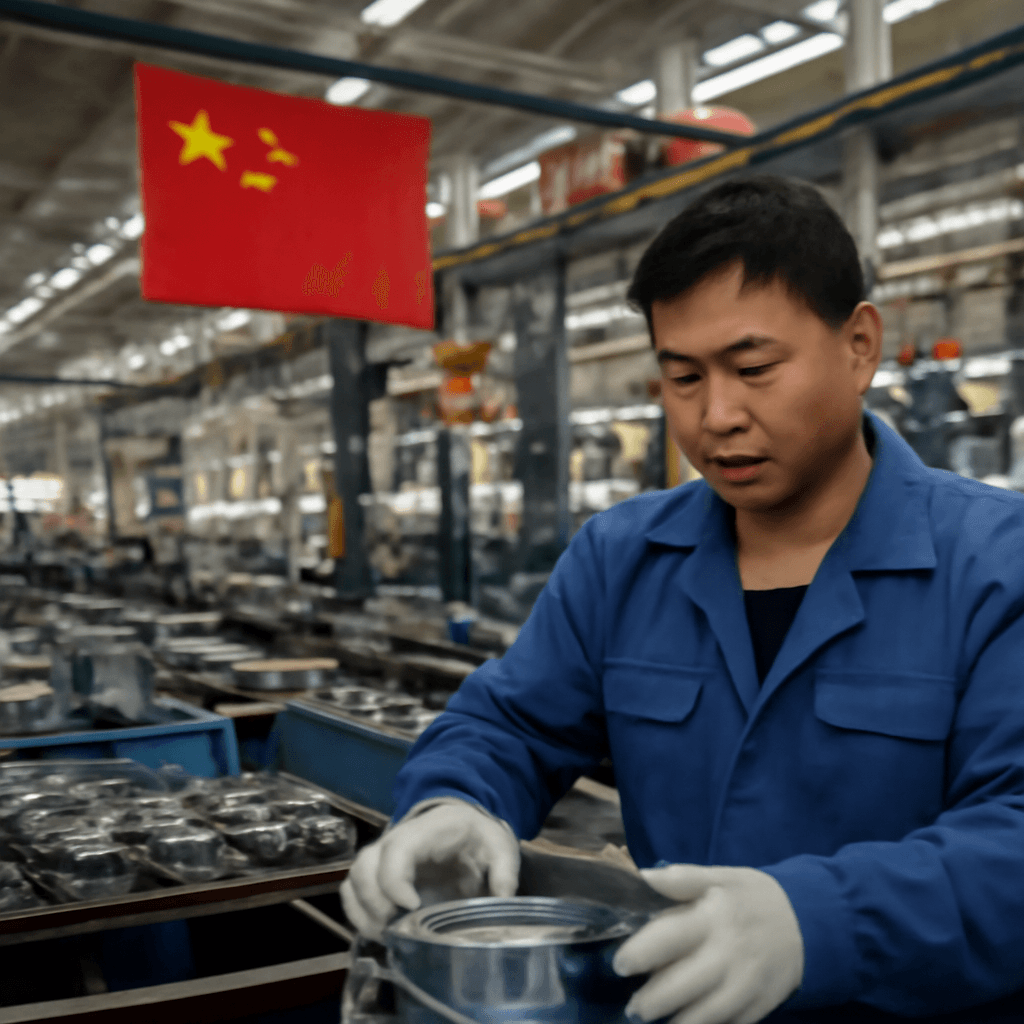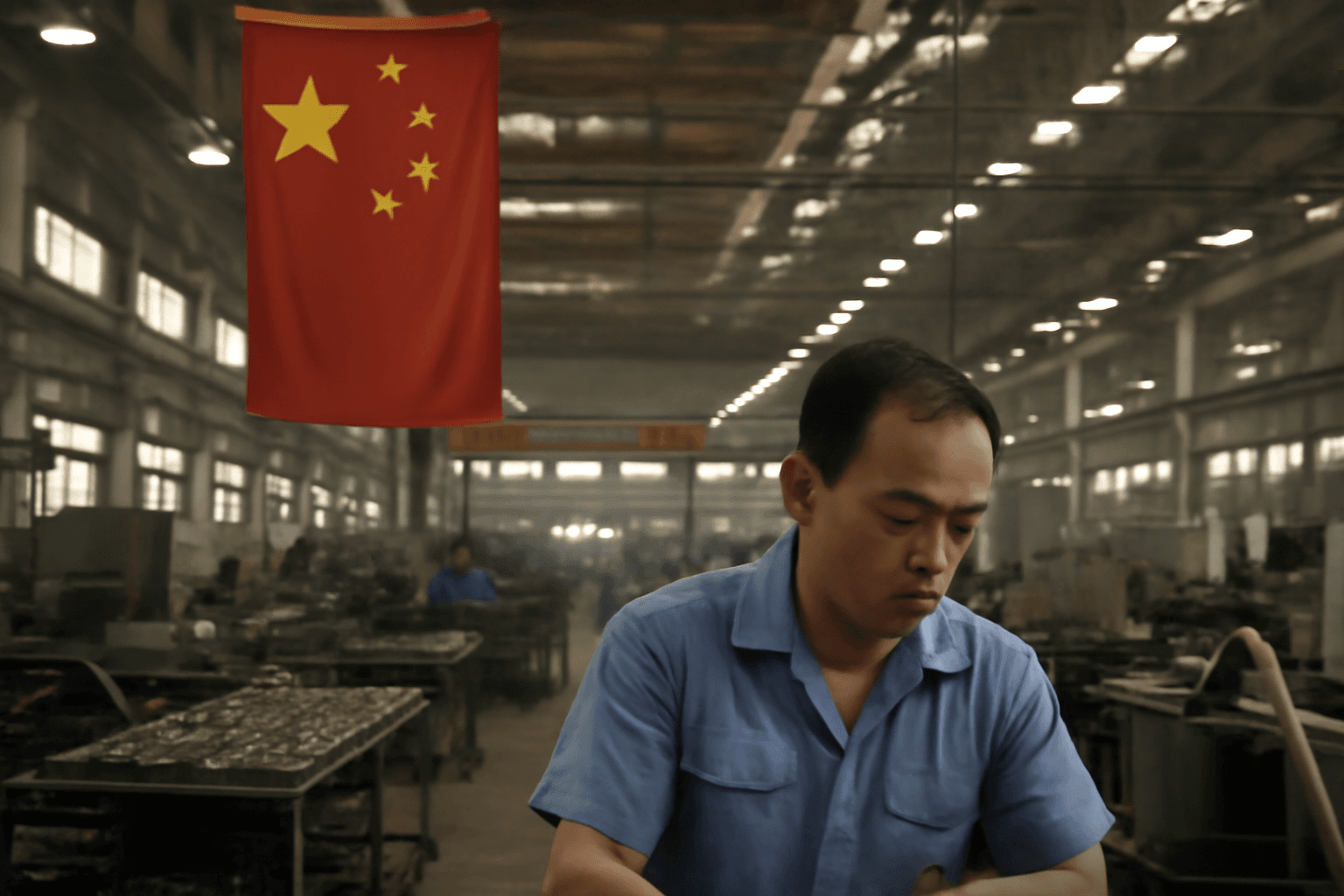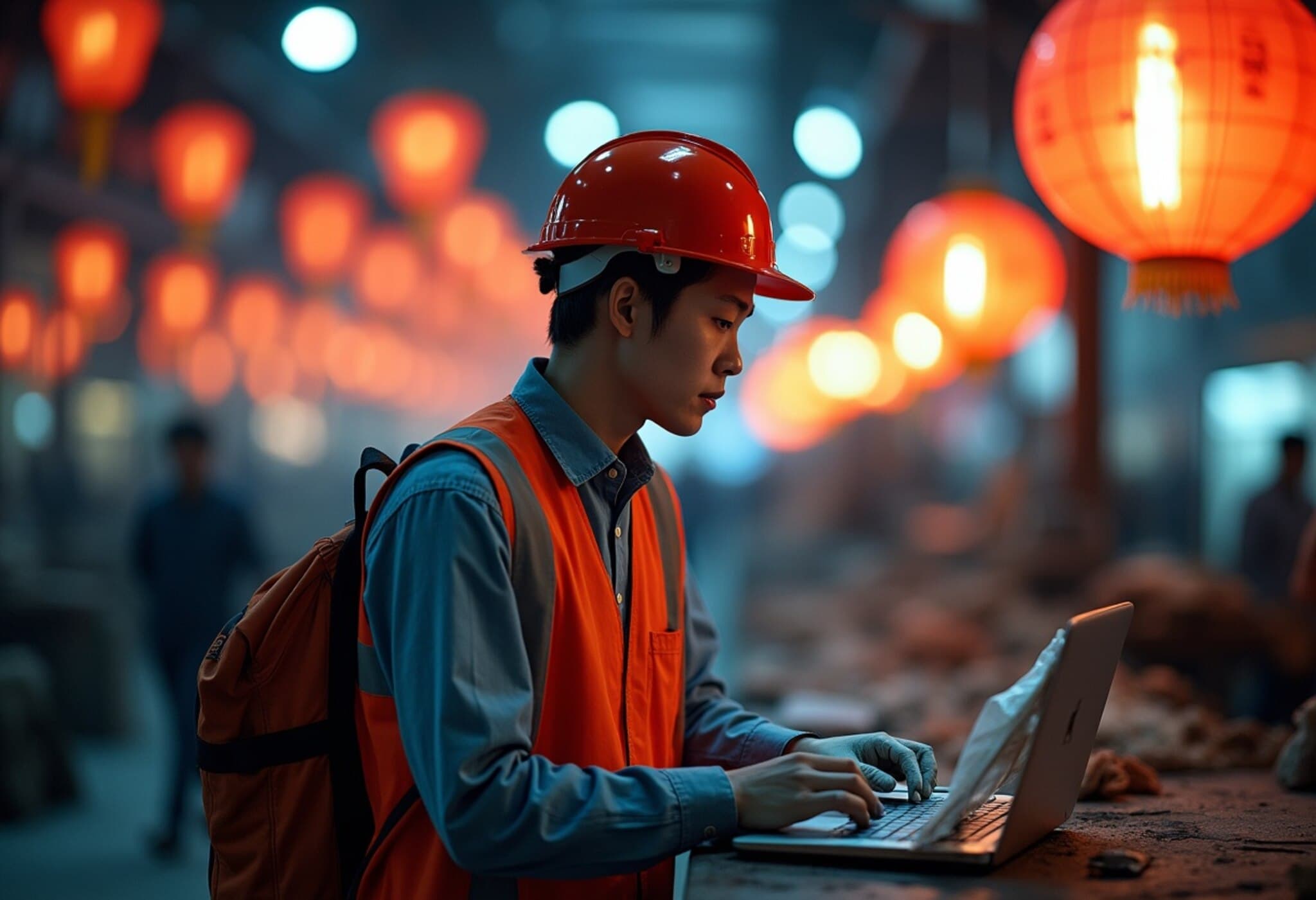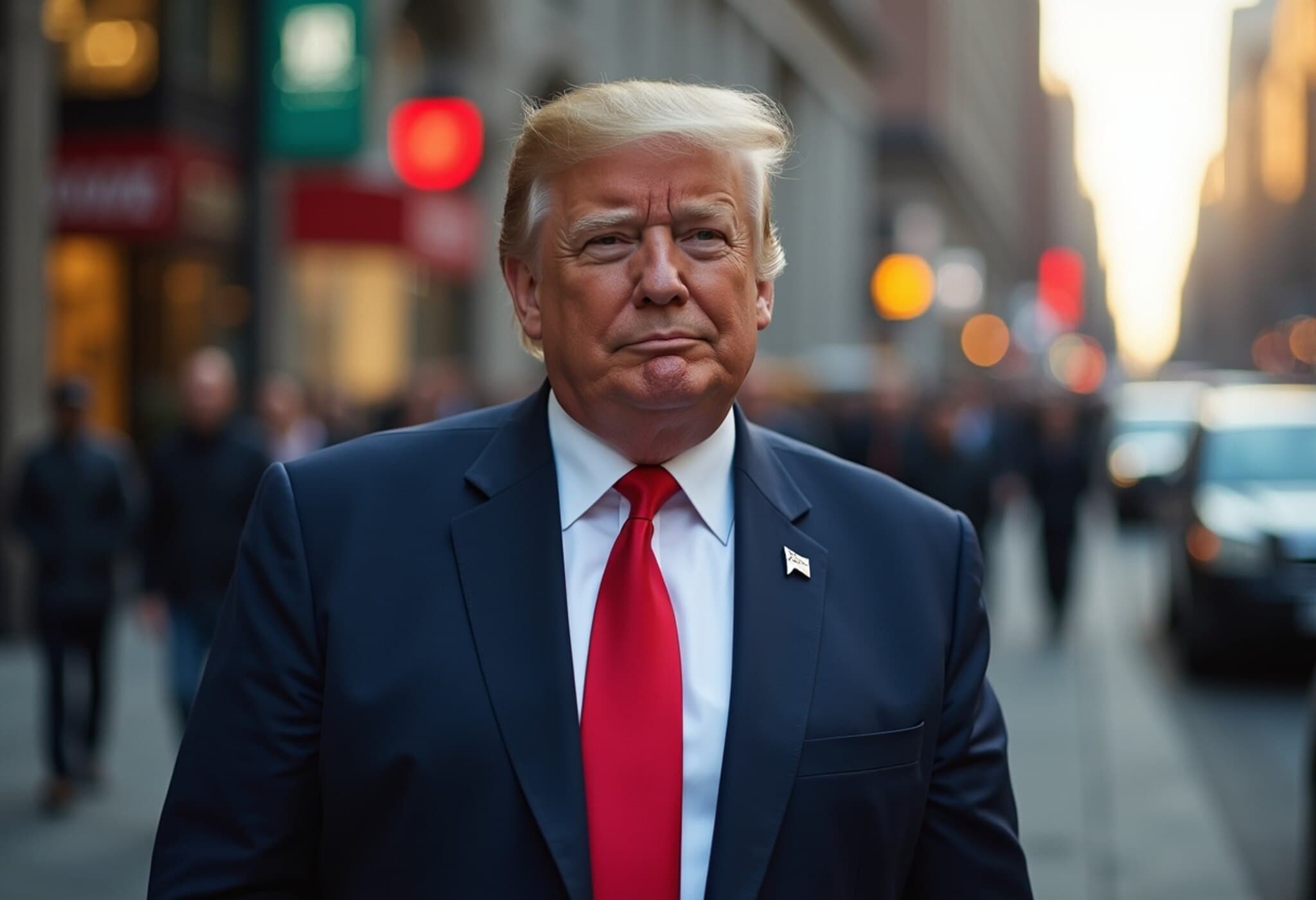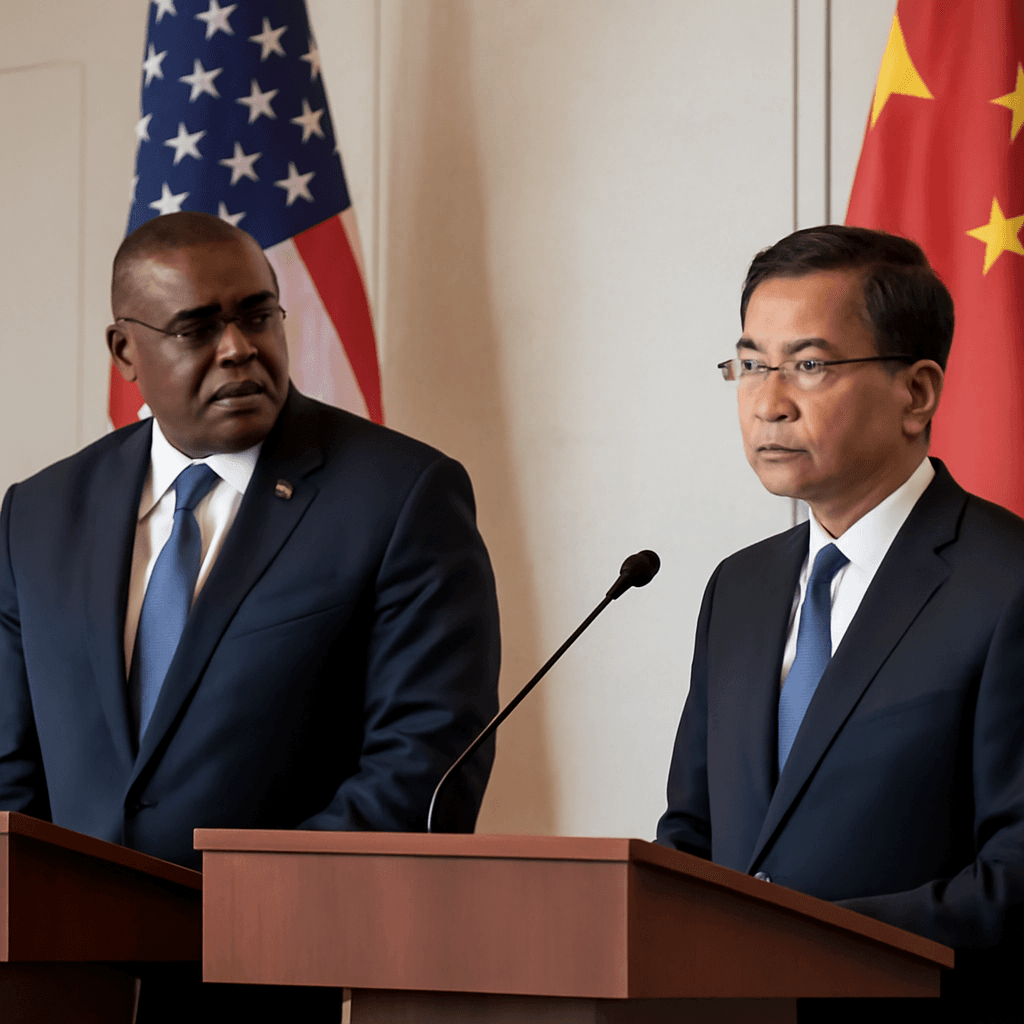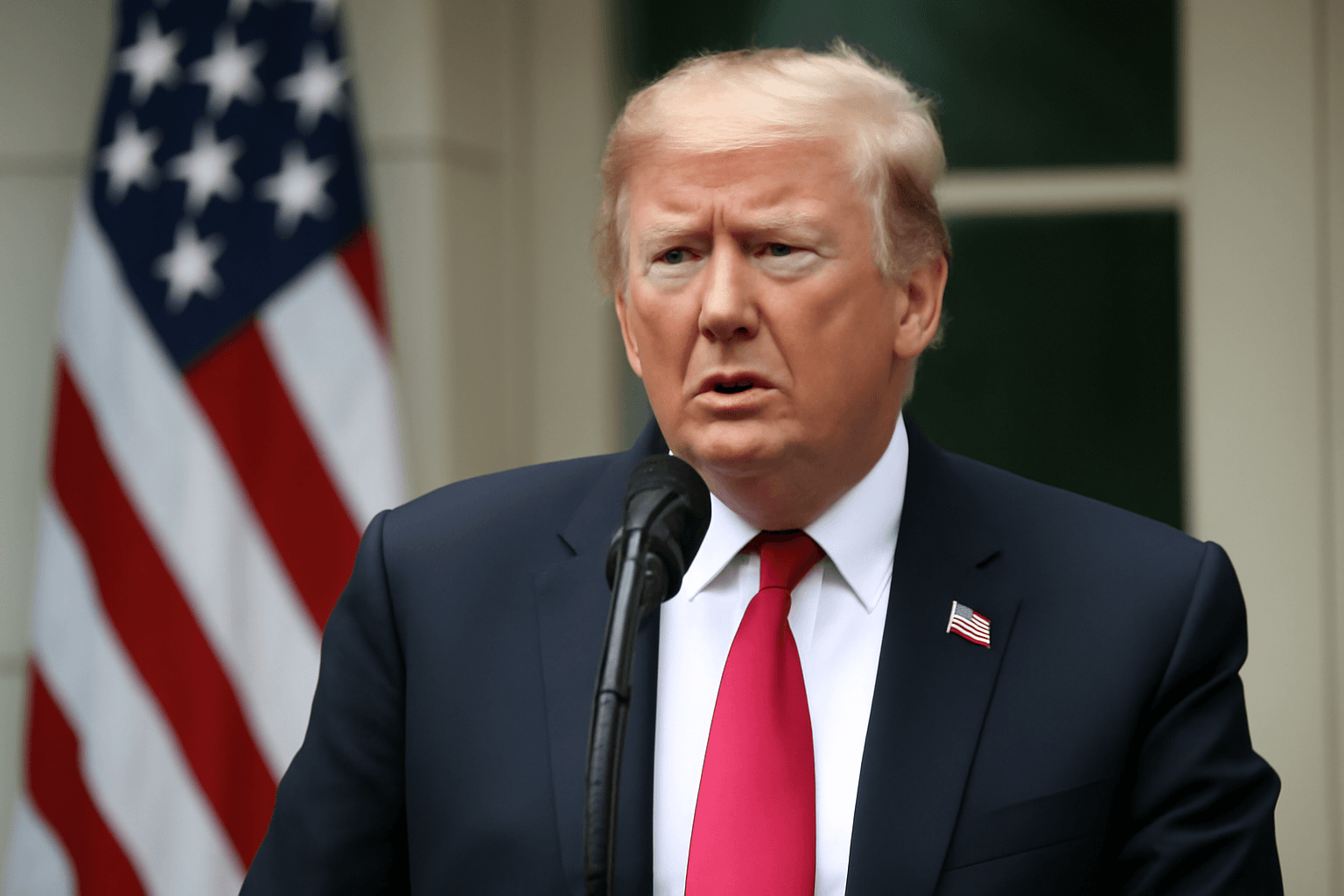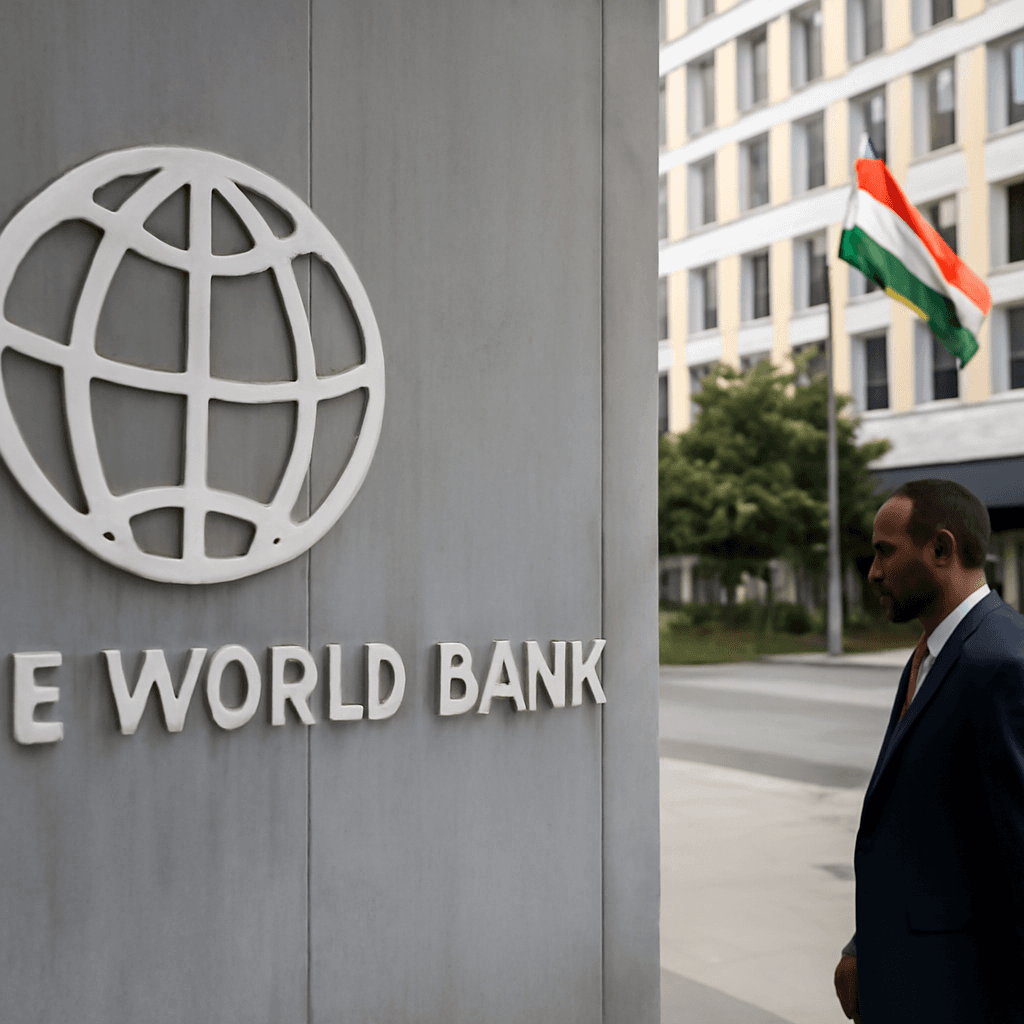China’s Manufacturing Sector Faces Unexpected Contraction in July
China’s latest official data reveals a deeper-than-anticipated slump in manufacturing activity during July 2025, underscoring ongoing challenges amid lingering trade tensions and adverse weather conditions. According to the Purchasing Managers’ Index (PMI) released on Thursday, manufacturing activity shrank more than economists predicted, extending a four-month streak of contraction.
July PMI Misses Forecast, Signaling Economic Headwinds
The National Bureau of Statistics reported that the manufacturing PMI declined to 49.3 in July, falling short of Reuters’ poll expectations of 49.7. Since April, the PMI has hovered below the crucial 50 threshold — the dividing line between expansion and contraction — indicating consistent pressures within China’s industrial sector.
Key Sub-Indices Show Broad-Based Weakness
- Employment: Although still contracting, showed a slight improvement, with the index rising to 48 from June’s 47.9.
- New Orders and Raw Material Inventories: Both categories also declined, reflecting cautious demand and supply chain challenges.
This broad weakness points to subdued business confidence amid external and domestic uncertainties.
Trade Tensions and Geopolitical Risks Fuel Uncertainty
The backdrop of deteriorating manufacturing numbers is the unyielding friction between the U.S. and China. After a sharp escalation in April, characterized by reciprocal tariffs exceeding 100% on various goods, both sides reached a temporary truce in May by agreeing to roll back most of these duties for 90 days. Yet, as this window approaches expiration in mid-August, diplomatic efforts—such as the recent high-level meeting in Stockholm—ended without significant breakthroughs, fueling market nerves.
Weather Woes Compound Economic Struggles
July also saw extreme weather across China, including relentless heatwaves and severe downpours. Notably, the outskirts of Beijing faced the highest-level red alert for heavy rain, tragically resulting in at least 30 deaths. Such catastrophic weather disrupts supply chains, factory operations, and overall productivity, exacerbating the manufacturing slump.
Policy Directions: No Major Stimulus Yet
At a Politburo meeting held on Wednesday, China’s senior leaders notably refrained from announcing any substantial new economic stimulus packages aimed at counteracting the contraction. Instead, the government appears focused on demographic policies, ramping up subsidies to encourage higher birth rates amidst concerns about long-term economic growth.
Broader Economic Picture and Regional Impact
Despite the manufacturing downturn and export hurdles to the U.S., China’s customs data earlier this month showed an overall increase in trade volumes, driven by rising commerce with markets outside the U.S. This underscores China’s pivot to diversify its trade partnerships in a fracturing global trade environment.
From an American policy perspective, these developments highlight the delicate balance the U.S. must maintain between protecting domestic industries and avoiding further destabilization of global supply chains. The persistent PMI contraction also signals potential ripple effects in global markets, pressuring multinational companies with exposure to Chinese manufacturing hubs.
Looking Ahead: Key Questions for Markets and Policymakers
- Will China introduce fresh stimulus measures if the manufacturing contraction deepens into the fall?
- Can U.S.-China trade talks progress beyond short-term truces toward sustainable resolutions?
- How will extreme weather events, increasingly fueled by climate change, reshape China’s—and global—industrial landscapes?
- What impact will demographic policies have on China’s workforce and long-term manufacturing competitiveness?
Editor’s Note
China’s July manufacturing contraction reflects a confluence of geopolitical tensions, structural economic challenges, and environmental disruptions. While short-term data points to near-term headwinds, the absence of immediate policy stimulus raises important questions about Beijing’s strategic priorities in balancing economic stability, population dynamics, and international relations. Observers should watch closely how these factors evolve, as China remains indispensable to global manufacturing and trade ecosystems.





